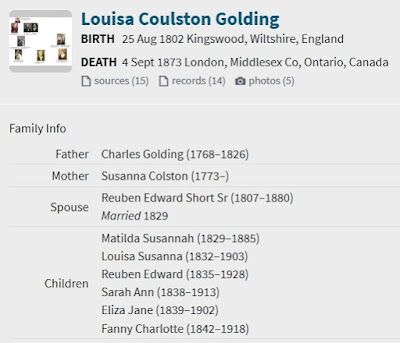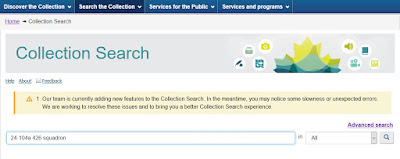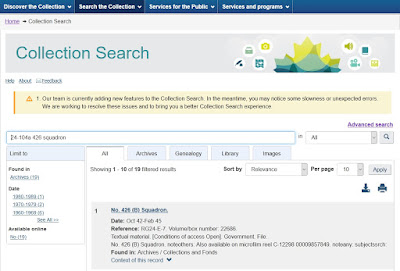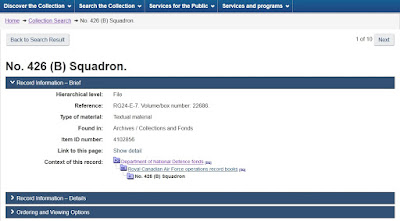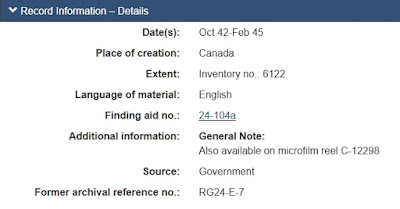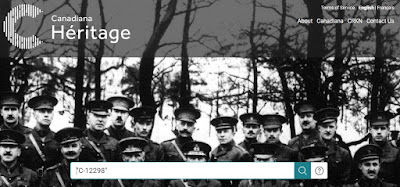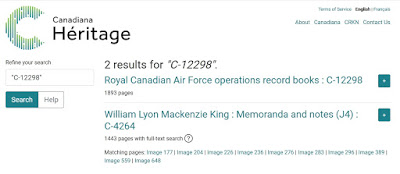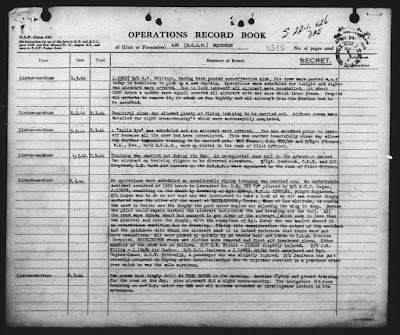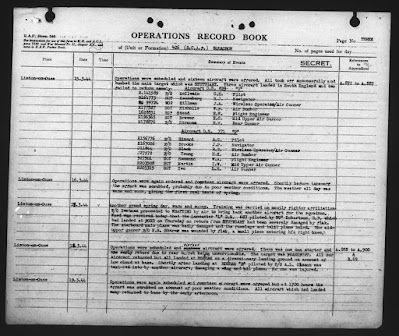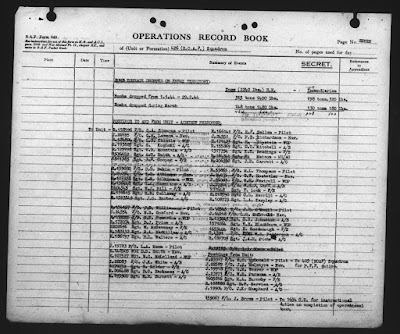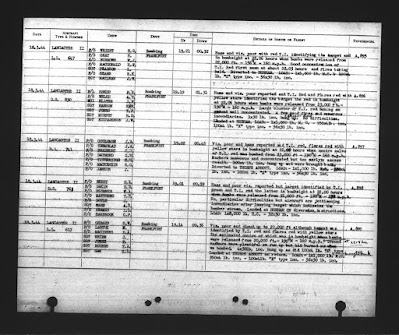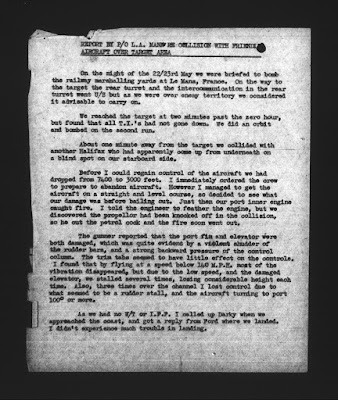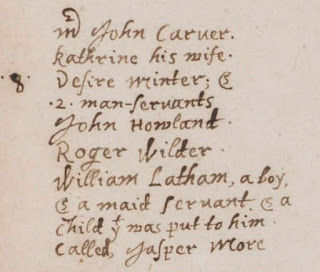In my post, Not Trusting Trees -or- Make Sure You Read the Records!, I focused on the parents of Louisa Coulston/Colston Golding and the challenge with figuring out the maiden surname of her mother, Susanna. In this post I will look at the husband of Louisa, one Reuben Charles Short of England later of London, Middlesex County, Ontario, Canada.
According to the chart found in the family bible Reuben Charles Short was born 31 Mar 1807 and died 17 Mar 1880. As I had mentioned in the research concerning the mother of Louisa, charts found in family bibles always need to be taken with a grain of salt and backed up with other documents such as ecclesiastical and government created records. So far the information recorded in this specific family chart actually matches with the other records I've uncovered. So I trust it...as much as I trust any other record.
In the parish register for St. Michael Bassishaw in London, England we find a marriage recorded in Ancestry's "London, England, Church of England Marriages and Banns, 1754-1932" collection between Reuben Short and Louisa Coulston Golding taking place on 24 Mar 1829.
To add a little bit to the confusion to Louisa's middle name she writes it as "Coston". Why do I think it is her handwriting and not that of the priest or clerk? This is where we have to look at the page as a whole. If she didn't know how to write her name the signature would have been like that of the witness to the following recorded marriage, "Ann Pyatt her Mark X". Also the letters, especially the 'd' in Golding, look different when compared to the rest of the record and page.
Unfortunately, unlike in the civil marriage registrations that started 1 Jul 1837 in England and Wales, the names of any parents are generally not recorded in parish marriage registers. This leaves us with a challenge, who are Reuben Charles Short's parents and where in England was Reuben born?
Once again I turned to the family trees on Ancestry that have been created by users of that site for potential clues. And much like the challenges with figuring out the maiden surname of Louisa's mother, Susanna, we face some in interesting challenges. Here an example of one profile hint from Ancestry:
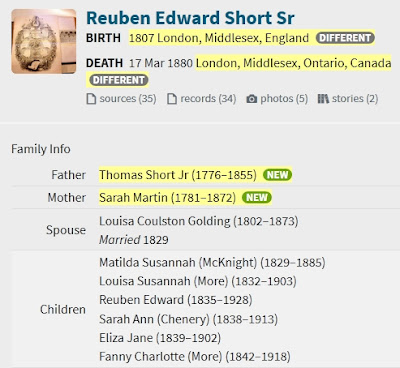 |
| Screen capture of an Ancestry profile hint for Reuben Edward Short Sr. |
A few things I need to address or point out.
- For the profile picture they are using the image of the family tree from the Short bible. That is the same family tree chart that I've also been using as a relatively trusted source. That document has recorded within the names of the children along with dates of significant events for that family.
- Reuben's full name, according to that family chart is recorded not just once but twice as "Reuben Charles Short". The use of the "Sr" (senior) may have been used to distinguish him from his son, Reuben Edward Short especially if only the first name is used in business or in the family. Even his grave marker, as you will read a little further on, records his name as Reubn C Short.
- Reuben was born in London, Middlesex, England. However, some have him also baptized on 5 Apr 1807 in Swanage, Dorset, England.
- Reuben's father's name is Thomas Short and mother's name is Sarah Martin.
- Six children are listed: Matilda Susannah (1829-1885), Louisa Susannah (1832-1903), Reuben Edward (1935-1928), Sarah Ann (1838-1913), Eliza Jane (1938-1902), and Fanny Charlotte (1842-1918). However, in the family chart found in the bible there is one other daughter, Elizabeth (1841-?). She is listed under the deaths on the chart but without a date recorded. Possibly the creator of the family chart didn't know when she died.
Knowing the dates of when the children were born is another little tidbit that may help us out in locating or even dismissing records in England: Reuben Charles' son Reuben Edward was born in England on 18 Mar 1835 and the next child, Sarah Ann, was born in Canada in 14 Oct 1837 with the remaining children also born in Canada. Reuben is also found in the 1871 census of Canada in the Township of London, Middlesex County, Ontario, Canada with wife Louisa and daughter Eliza Jane. His entry in that census is sandwiched between the family of his daughter Matilda, now married to William McKnight, and the household of his son Reuben. I've not yet found him in the earlier decennial censuses of Canada West.
So why do some have Reuben Charles Short born in London, Middlesex, England while also having him baptized some distance away in Swanage, Dorset, England. It comes down to two different sets of records. The first is a baptism record for a Reuben, child of Thomas and Sarah Short in 1807.
The other is the entry for Find A Grave for Reuben Edward Short Sr. in Mount Pleasant Cemetery and Crematorium in London, Middlesex County, Ontario, Canada1 where someone has written:
REUBEN EDWARD SHORT was born and lived near St. Paul's Cathedral, London, England. He, his wife, two daughters and his son-age one left England in 1836 in a sailing vessel that took 7 weeks to reach America. He settled in Toronto, Canada for four years then went to London, Ontario, where he lived the balance of his life. He was in the shoe making business with his brother and built a log cabin. [Source unknown]
What would have been really nice to read in that Find A Grave memorial page was the source of that information. Also, the memorial page for Reuben on Find A Grave is without an image so how do we know that it is Reuben Edward Short written on the marker? Well, it isn't. The CanadaGenWeb's Cemetery Project has taken photographs of many of the markers on the grounds of Mount Pleasant Cemetery and Crematorium and Reuben's is one of them. The name engraved on the marker appears to my eyes to be "Reubn C Short"2
If that wasn't confusing enough, some people have linked a 1841 census of England to Reuben in their trees. Yet based on the places of birth for his children, he was residing in Canada by that time. That 1841 census of the Parish of Wimborne Minster, Dorset records a Reuben Short, age 35 years, born in Dorset County. Keeping in mind that in the 1841 census of England the ages were rounded down to the nearest multiple of five for those over 15 years of age, could that entry actually be referring to the the Reuben, child of Thomas and Sarah Short?
Curiously, on FamilySearch there is an indexed entry from the "England, Dorset, Parish Registers, 1538-2001" collection for a baptism of an Ellen Short, daughter of Reuben and Catherine Short taking place on 12 Jul 1840 in Wimborne Minster. In the "England and Wales Marriage Registration Index, 1837-2005" collection on FamilySearch we find a Reuben Short listed in the index along with a Catherine Mary Ann Primmer with their marriage registered in the 4th quarter of 1839 in the Southampton registration district.
The tricky part in using church records is that not all the parish registers have survived and not all have been digitized or even indexed. So where else can we turn to in these COVID-19 times when archives and libraries are effectively out of bounds for us? How about online newspaper collections. For this I looked to the British newspapers collection on Findmypast.
In the 19 Nov 1840 edition of the Dorset County Chronicle there is a servant, Reuben Short, recorded as a hedger3 with a master named Mr. Harry Small. He performed his hedging task in 2 hours 33 minutes. This was an actual event offered by the Blandford Agricultural Society in a Ploughing and Hedging competition on 11 Nov 1840. There are also mentions of Reuben Short in Lincolnshire and Wiltshire having to do with various criminal activities...all after when Reuben Charles Short was supposedly in Canada.
Could there be at least two Reuben Shorts born around the same time period in England? One that left England for Upper Canada and others that remained behind? The more I look at the records and explore other resources the more I have come to the option that there are indeed at least two people named Reuben Short.
What have we learned from this little exercise?
- Family trees may not always be correct. It doesn't matter if they are online trees or books compiled a century ago. The information found within need to be looked at with a critical eye and, where ever possible, verified against surviving records.
- Find A Grave entries or those found on any other grave marker site, unless accompanied by the image of the marker, should be treated as suspect.
- Newspapers can help when looking for a person. Of course, they may just highlight the issue of "same name, different person" like in this case.
- Family bibles and family charts can be invaluable but, like online family trees, the events recorded need to be corroborated.
So, at least for now, the names of the parents of Reuben Charles Short will have to remain a mystery.
1. Find a Grave, database and images (https://www.findagrave.com : accessed 22 September 2020), memorial page for Reuben Edward Short Sr. (1807–17 Mar 1880), Find a Grave Memorial no. 33292270, citing Mount Pleasant Cemetery and Crematorium, London, Middlesex County, Ontario, Canada ; Maintained by Find a Grave (contributor 8).
2. CanadaGenWeb, CanadaGenWeb's Cemetery Project, digital images (http://cemetery.canadagenweb.org/ : accessed 4 Sep 2020), memorial page for Reuben C Short (1807-1880), citing Mount Pleasant Cemetery, Middlesex County, Ontario, Canada; photographed by Margaret Yasui.
3. Hedger? What's a hedger? Someone who makes and trims hedges of course! It was considered a skilled art.
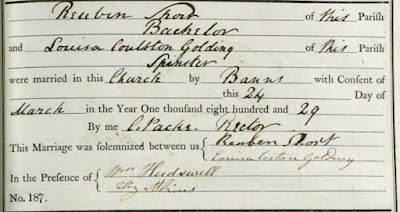

 Just over a
Just over a 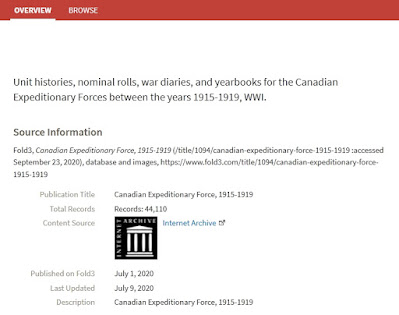
 When I'm stuck researching a family line using Ancestry I will often turn to the family trees created by others. Before you get in an uproar over how suspect they may be, take a moment to hear me out. I'm generally not looking at those user contributed trees for answers but instead I'm mining them for possible clues. I approach everything in those trees using my genealogy research mantra of "Trust no one, verify everything, and even if it is written in stone it might be wrong."
When I'm stuck researching a family line using Ancestry I will often turn to the family trees created by others. Before you get in an uproar over how suspect they may be, take a moment to hear me out. I'm generally not looking at those user contributed trees for answers but instead I'm mining them for possible clues. I approach everything in those trees using my genealogy research mantra of "Trust no one, verify everything, and even if it is written in stone it might be wrong."